Today we have another guest issue, from New York based photographer and sculptor Blaise Hayward. A longtime commercial photographer, he has increasingly focused on fine-art photography and sculptural work in bronze and stone in recent years. While his pieces have long been held in private collections, he began publicly exhibiting in 2021. Hayward recently joined Sun Valley Contemporary Art Gallery in Idaho and will announce further gallery representation in 2025.
As an avid music fan and devoted admirer of typography and graphic design, I began making Tickets Please in March 2023 after walking by a concert hall and noticing people simply displaying a QR code on their phones to enter the show. I was taken back to my youth, and how I used to cherish and save each concert ticket for the various shows I attended. Serendipitously, I had recently reconnected with a friend who is a collector of concert ticket stubs. This ongoing series presents a combination of those stubs and vintage tickets that I have since sourced and purchased myself.
Tickets represent a vanishing physical art form and a nostalgia for an iconic era of music, where each stub is a fragment of history. I look at these tickets as small works of art: the font selections, the layout, the color, the copy, all done with careful consideration to detail. The collection is carefully curated with a few stand outs, particularly in the Japanese concert series. It’s no secret that the Japanese were crazy for Western music, particularly Rock and Roll. The Eagles concert stub from 1976 at the Nippon Budokan in Tokyo is a wonderful example of the concert ticket as art. The design, color scheme, font selection, and remarkable eagle logo make this ticket one of the standouts in the collection.
Today, very few bands print tickets and fewer still offer tickets of any artistic value, but one exception is the band Phish. For an extra charge, the band will mail their customers a paper ticket for their concert. I was contacted by a passionate Phish fan who allowed me to photograph his entire collection of tickets. A great example is the Phish ticket stub from 2016 at the Mann Theatre in Philadelphia. While it incorporates a bar code, it also uses foils, bold imaginative colors and a unique and eye-catching font.
With this art form all but having disappeared, collecting and photographing these ticket stubs is a way to preserve a small part of music history and present it to not only my generation and the generations before me, but to a younger audience who may not have experienced their existence. These works are for sale as signed and numbered prints and are printed on Canson rag photographique paper. A book project is also in the works.
This issue’s featured archive is the new Public Domain Image Archive, a collection of 10,000+ public domain images from one of my favorite non-profits, The Public Domain Review, an online journal exploring works from the history of art, literature, and ideas.


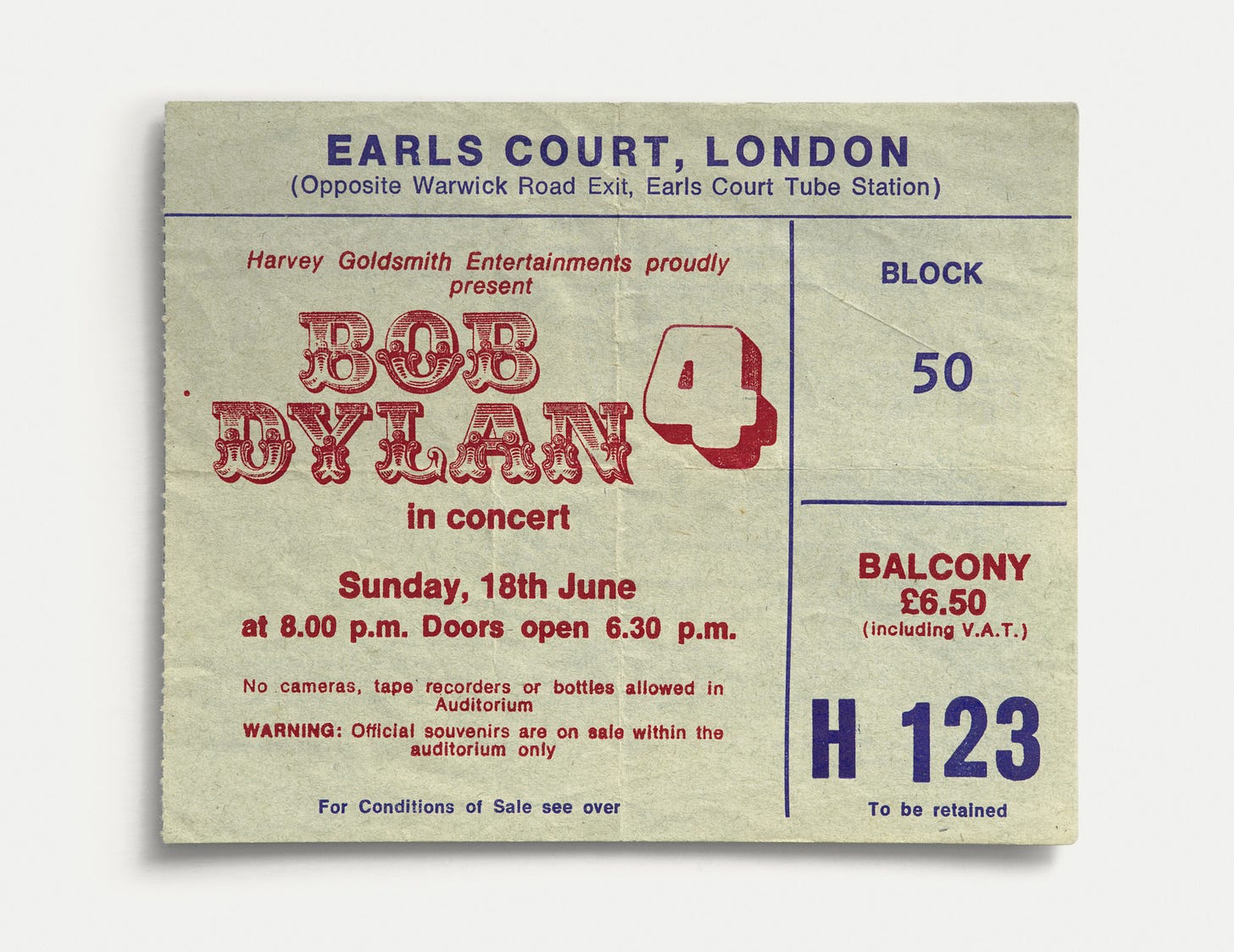
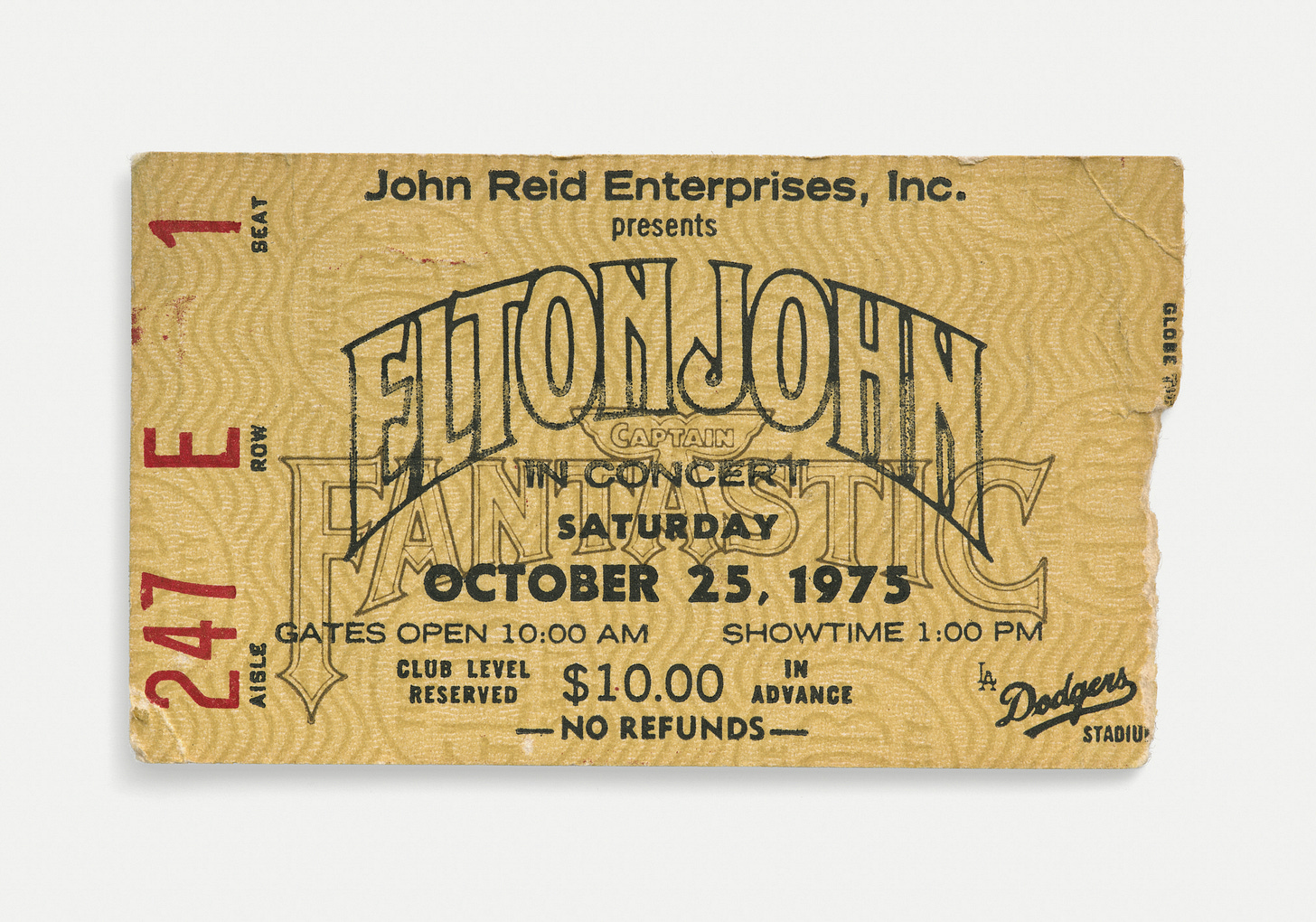
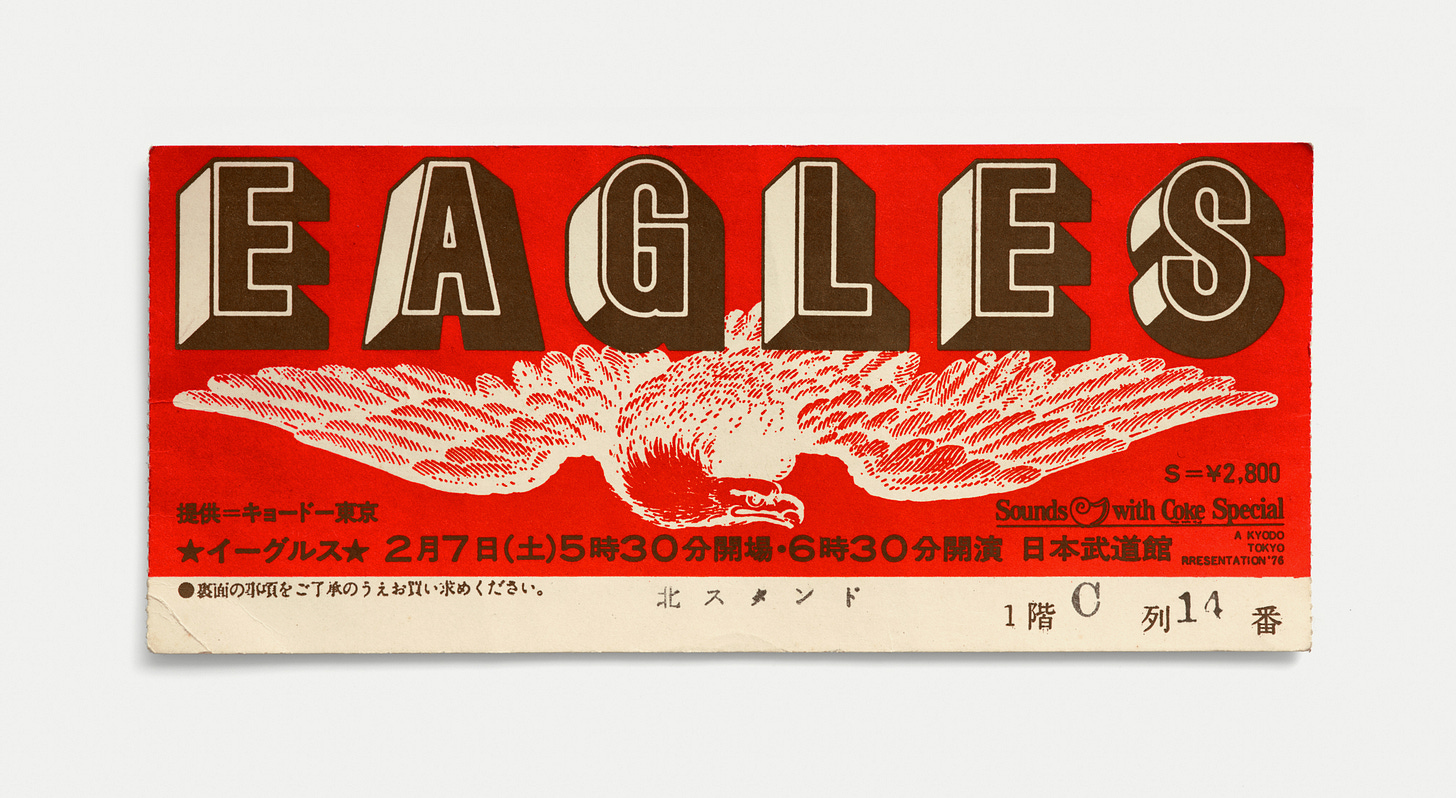
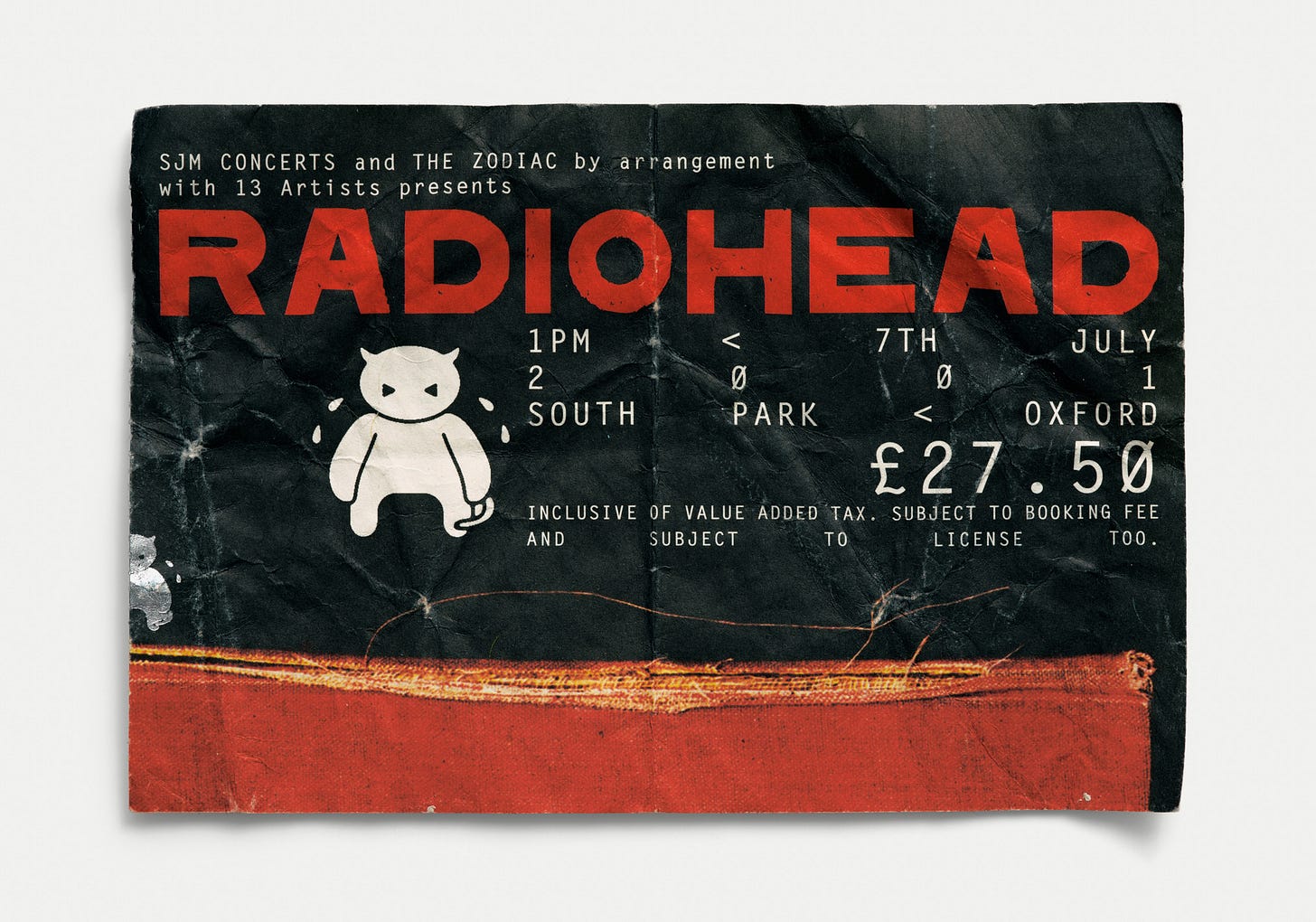
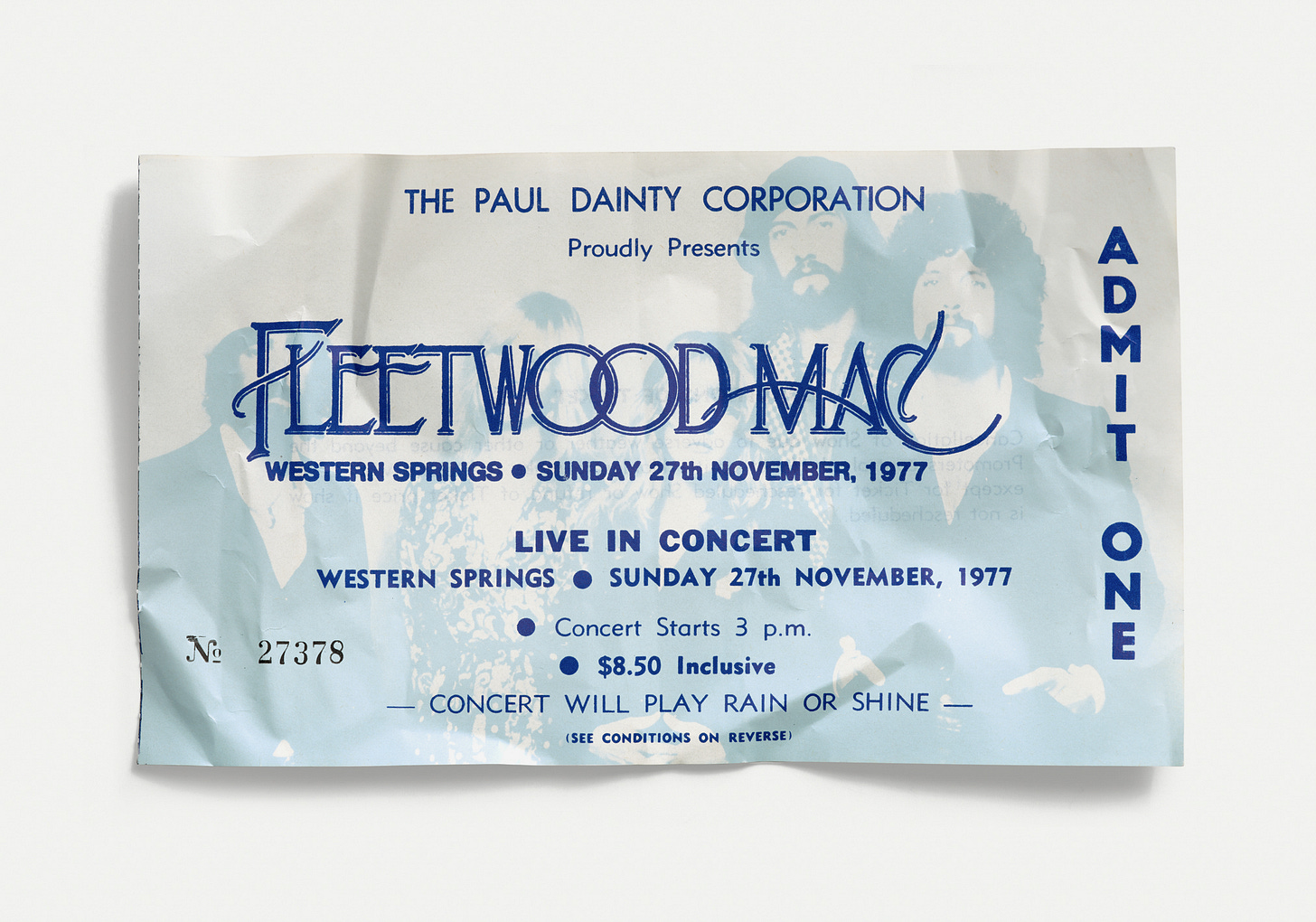
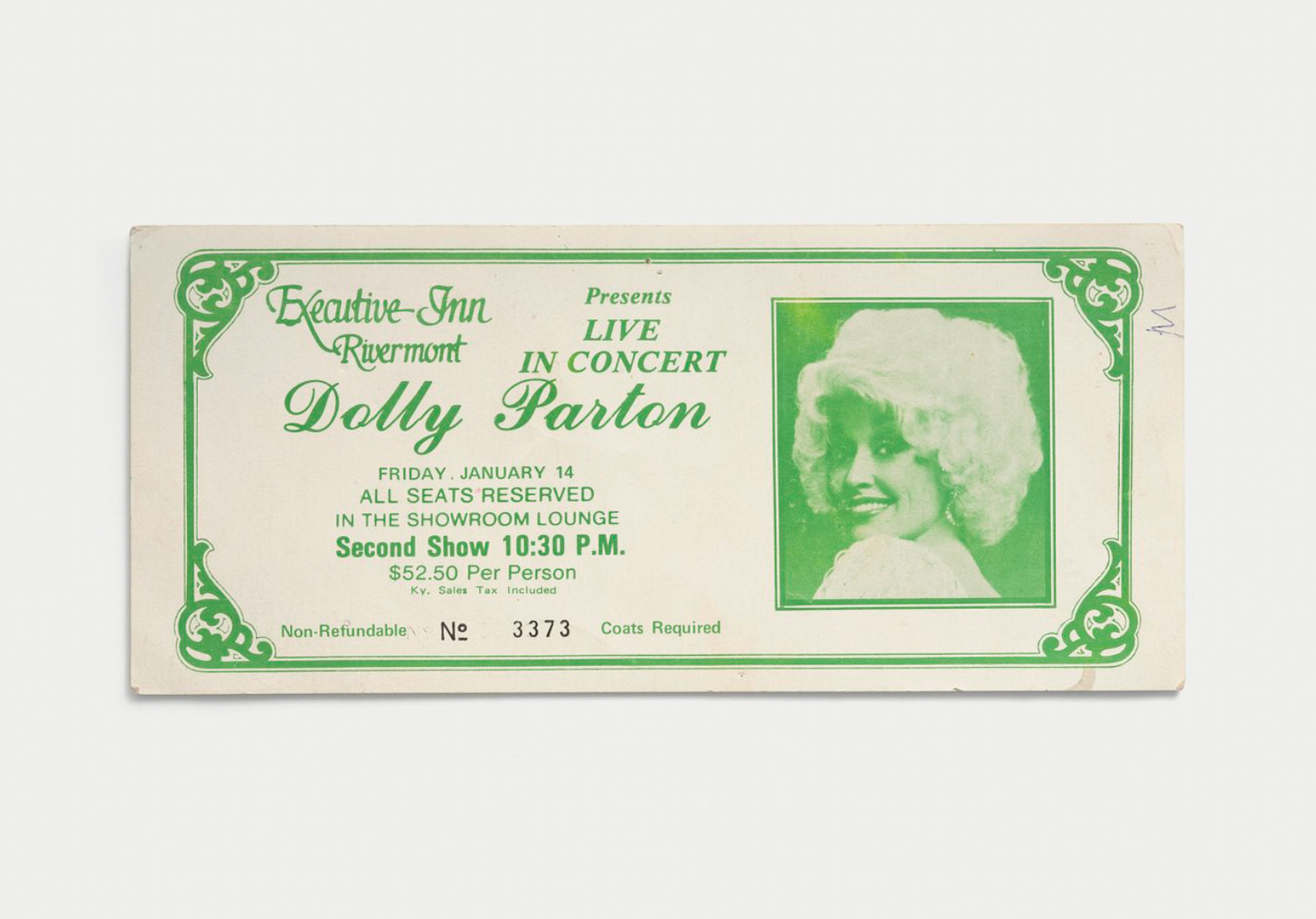
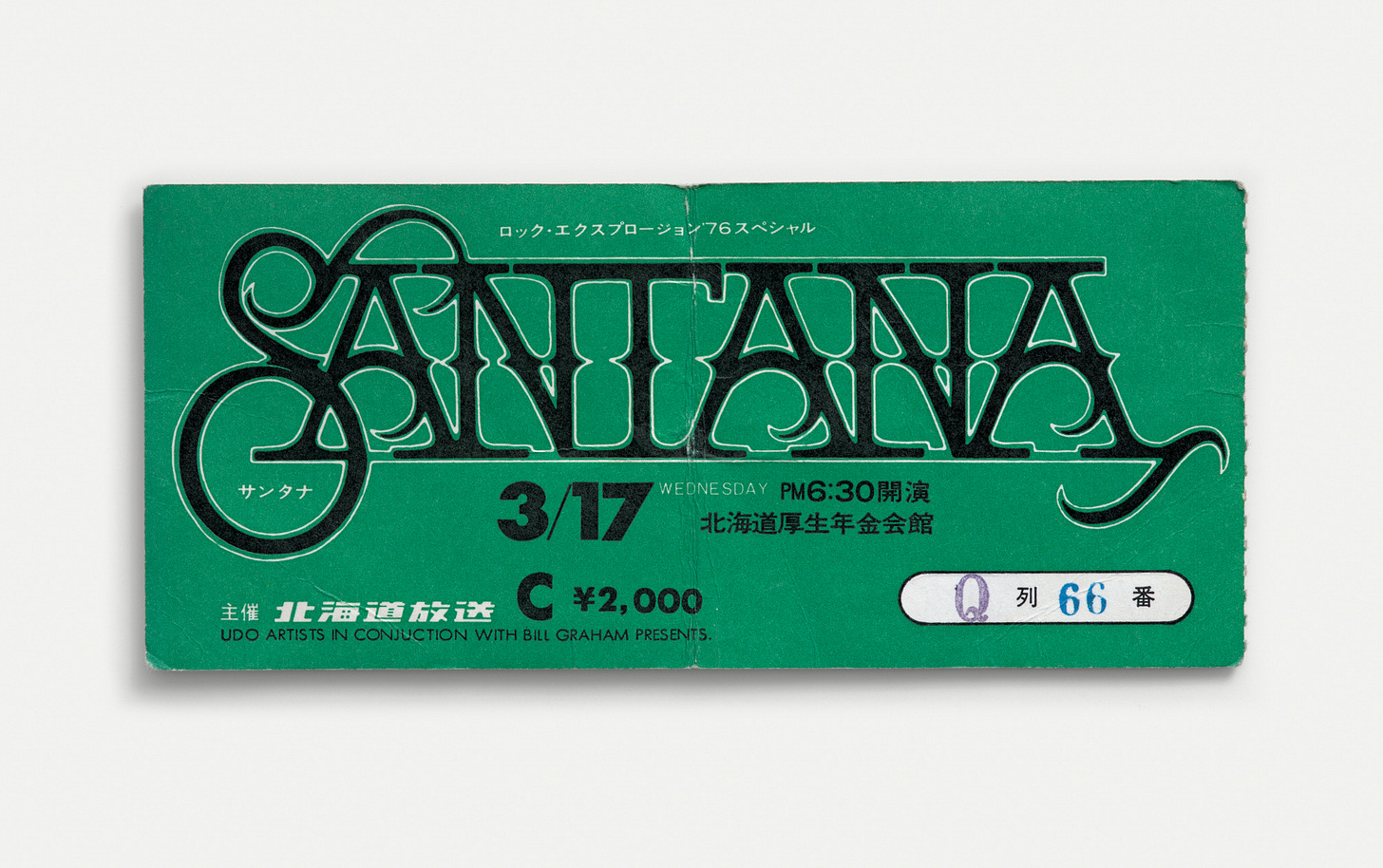
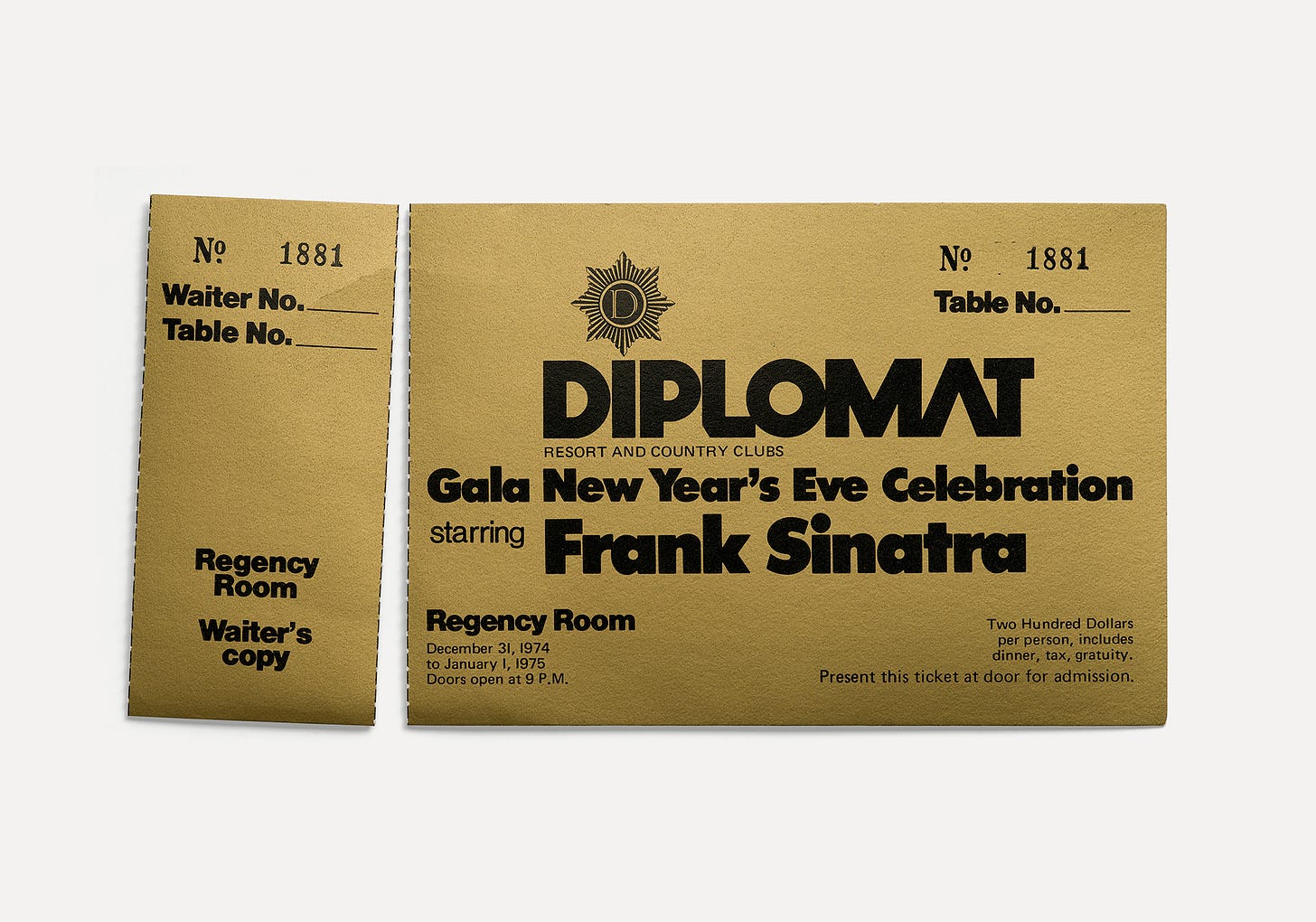
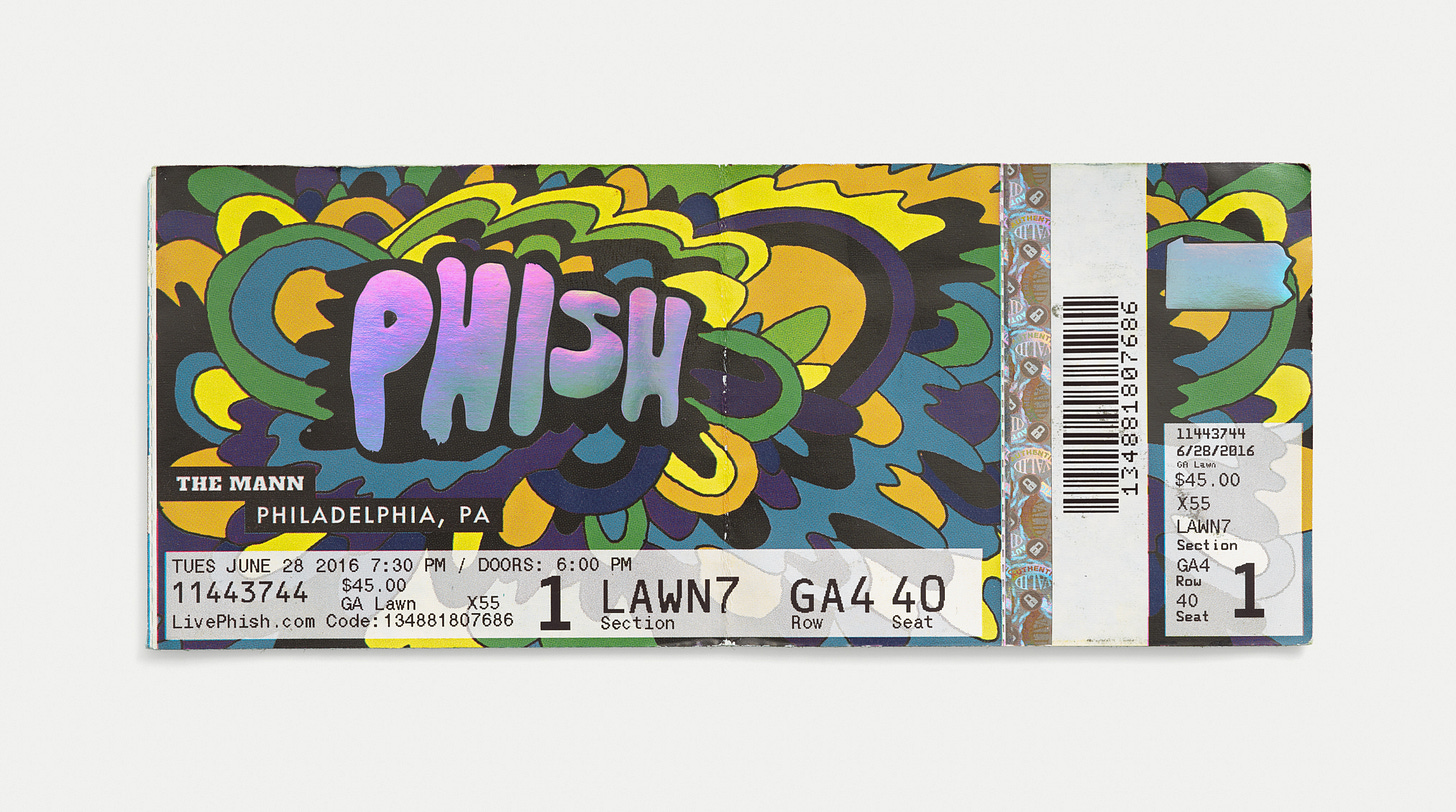
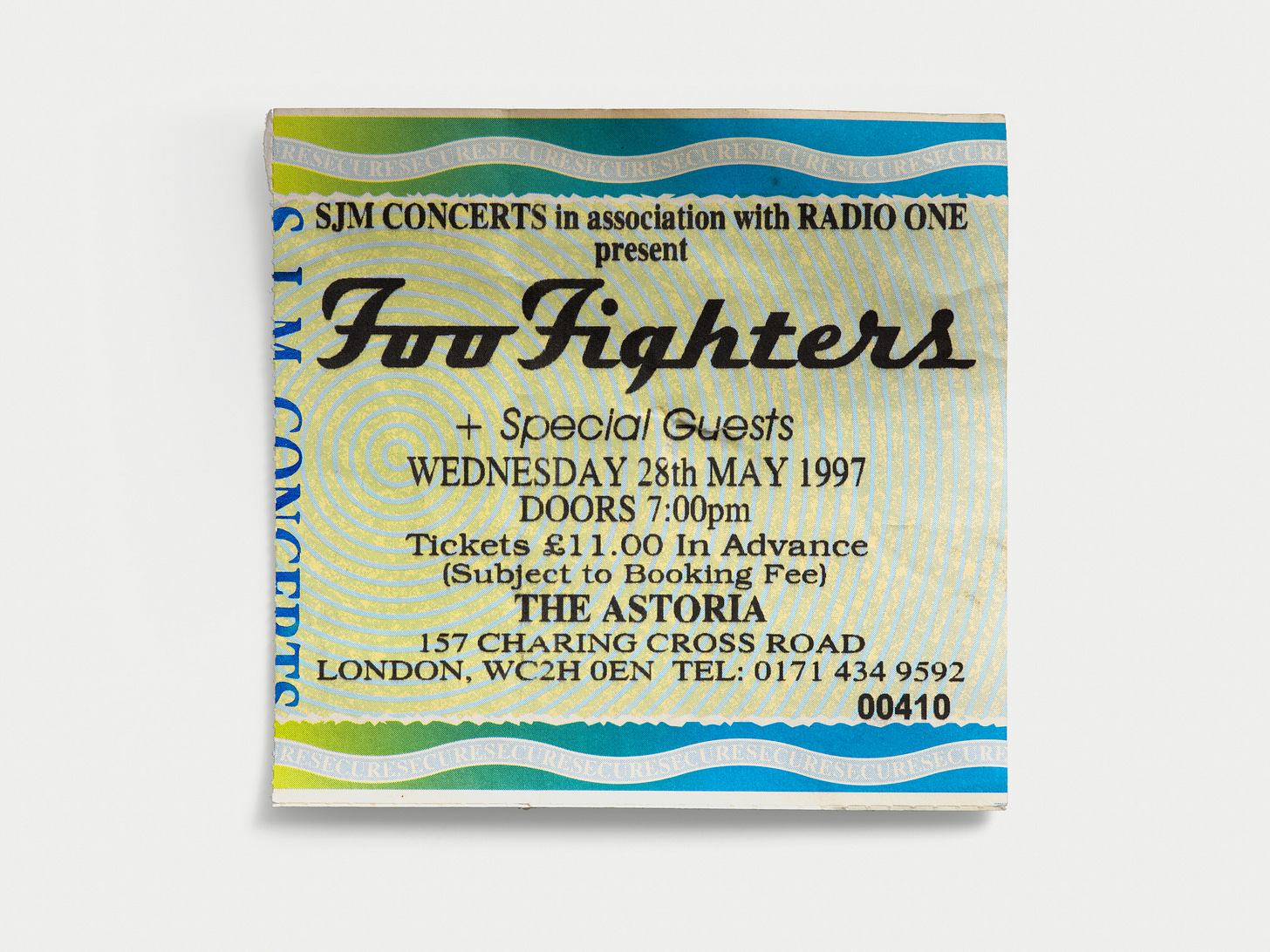
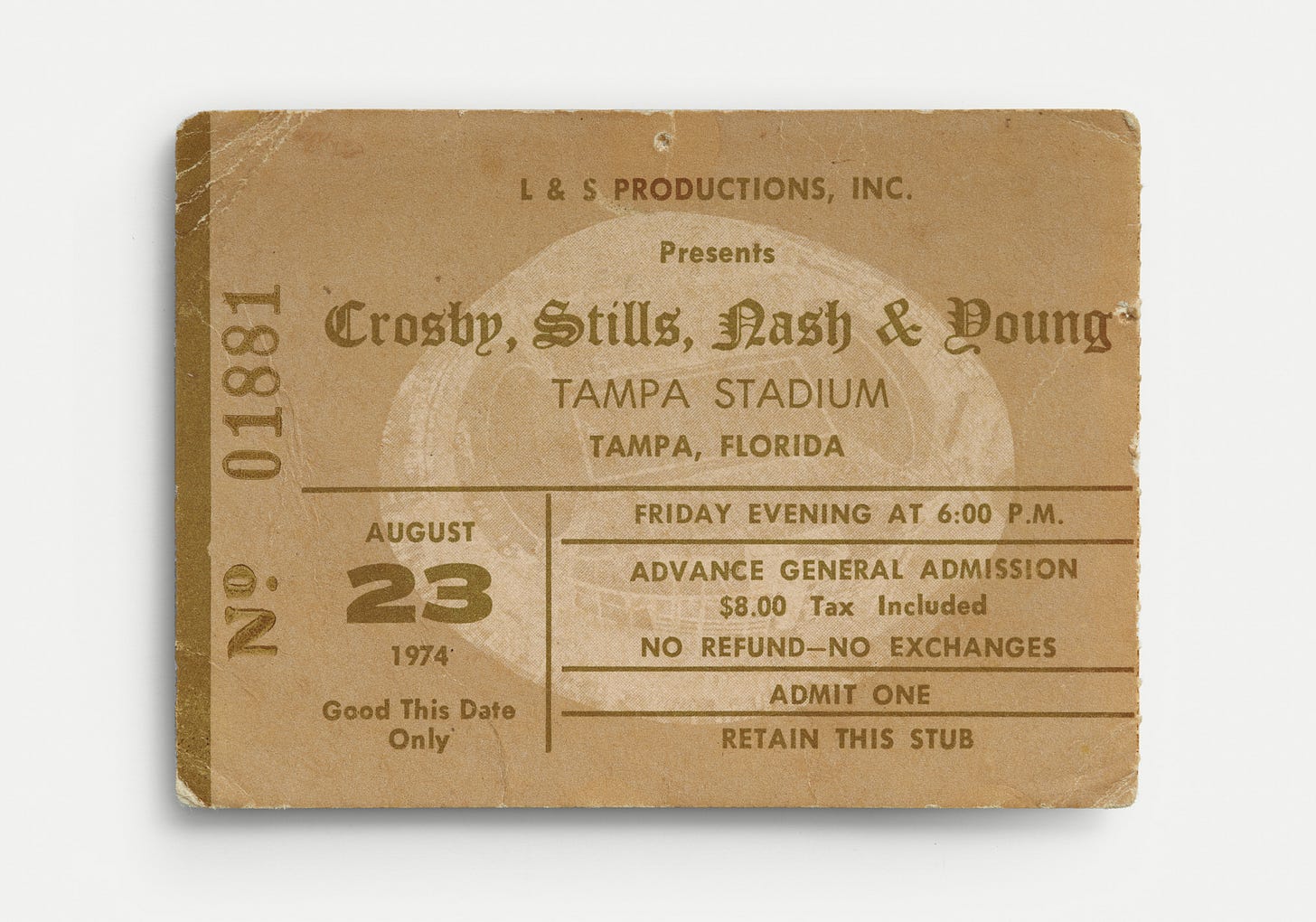
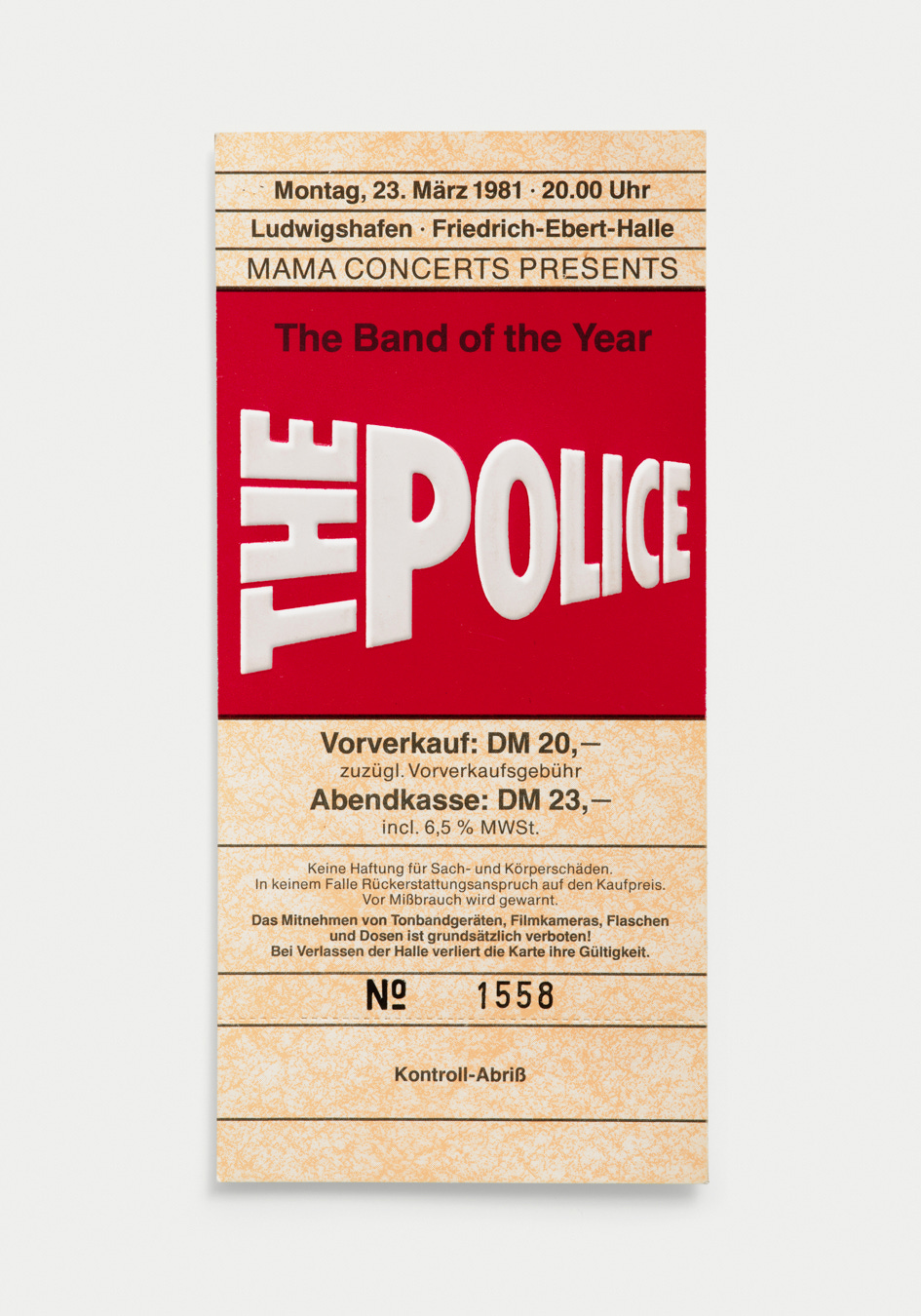
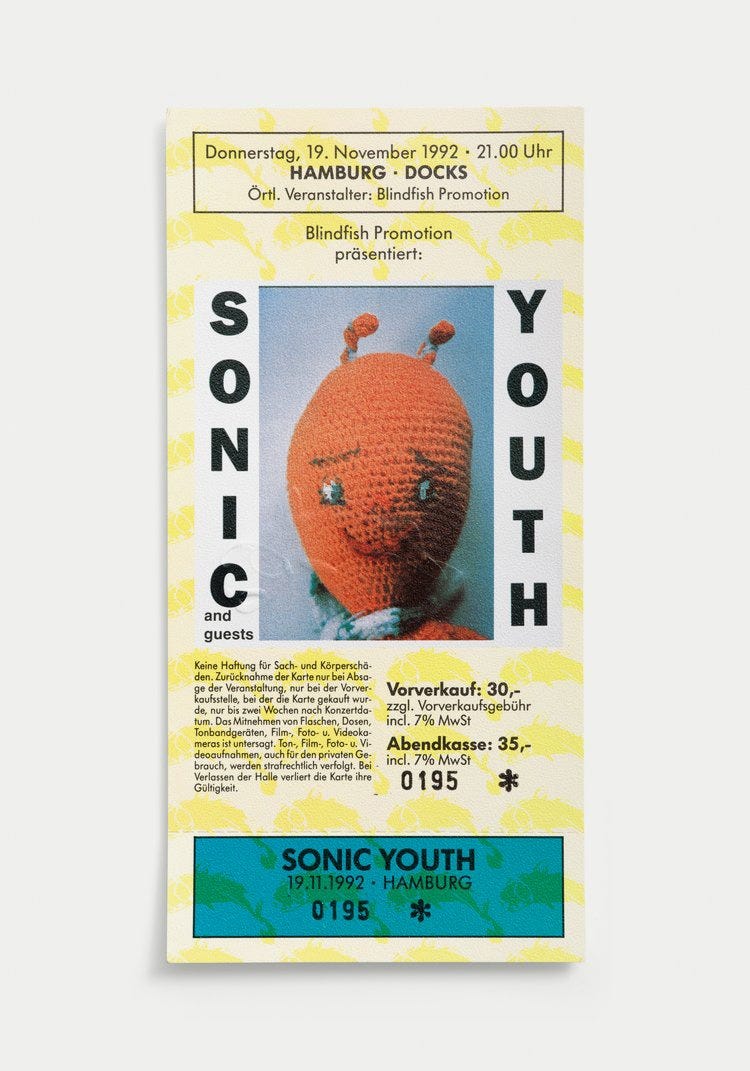
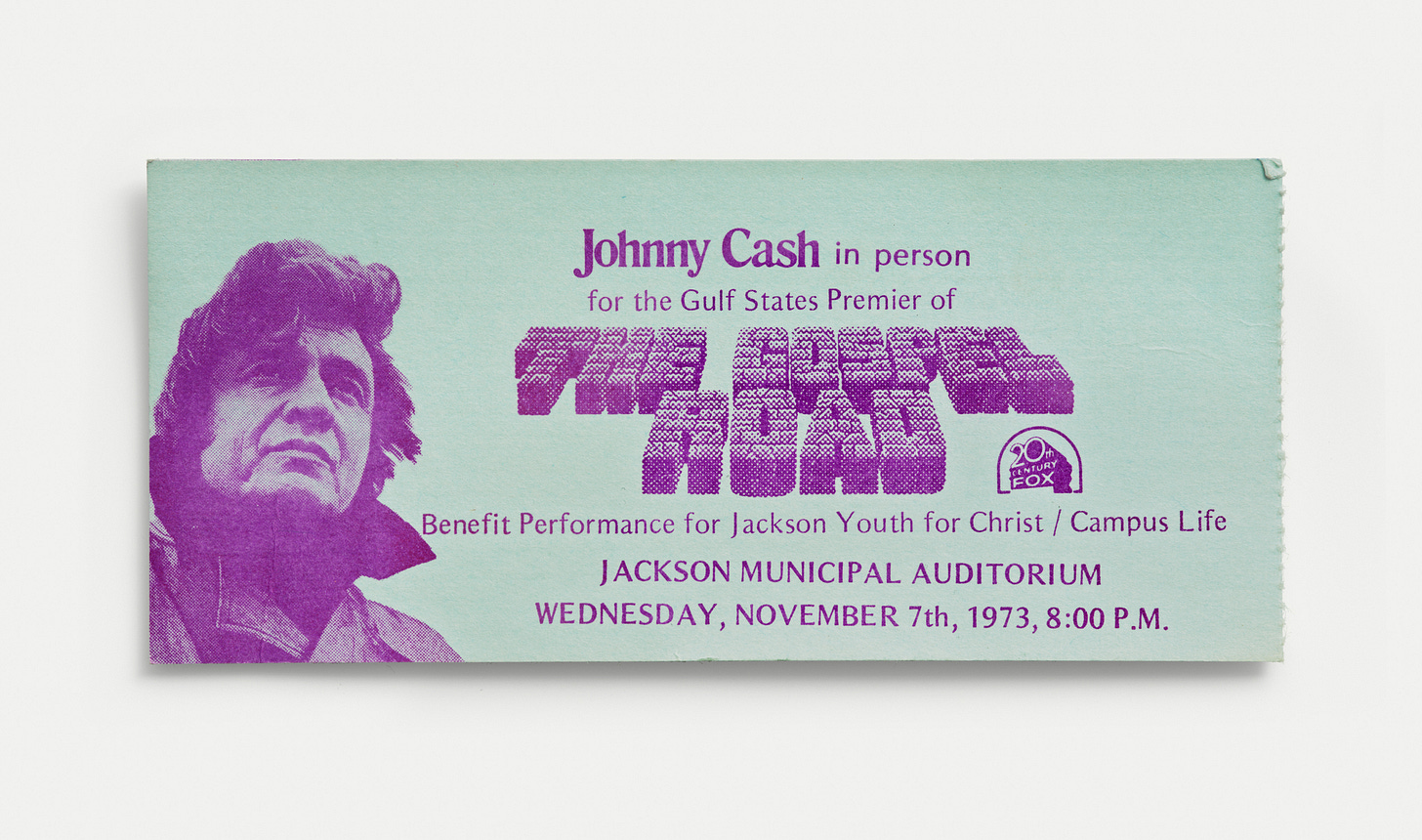
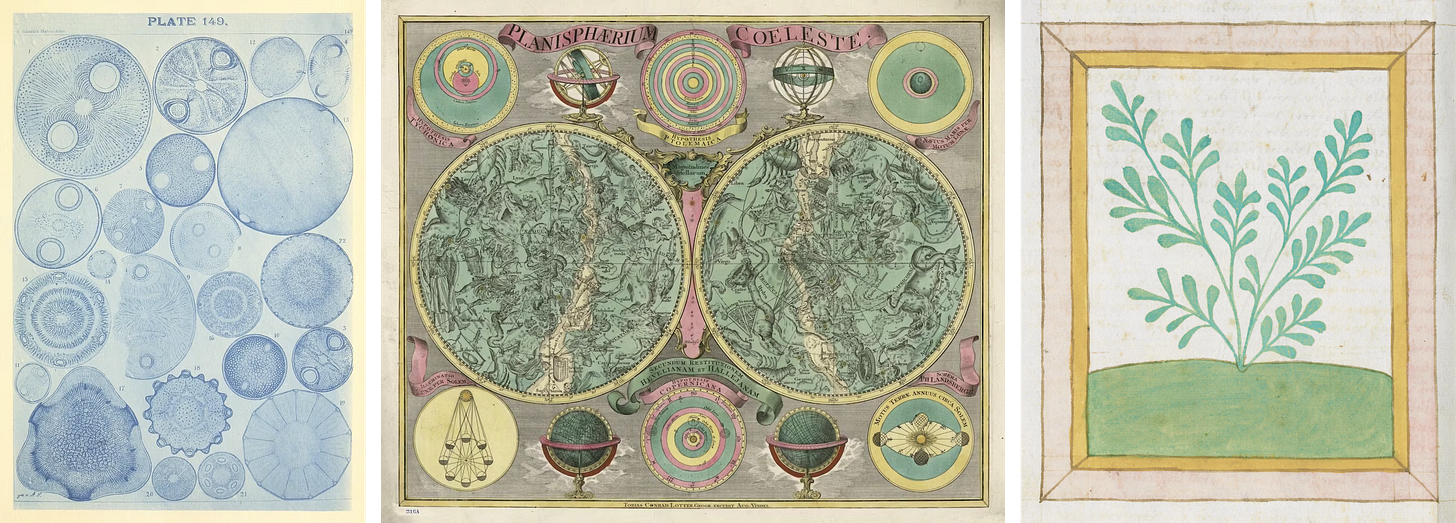
I have saved every ticket from every concert I have ever gone to. That is, up until there stopped being physical tickets. Ticketmaster tickets are an absolute bore. However, my ticket to Phish’s Clifford Ball in 1996 stands out as the most beautiful, I even have the plastic entry bracelets. I remember a childhood friend of mine’s parent had all of their concert tickets framed on the wall, the collection even included Woodstock! This display of concert-going pride definitely inspired me to start my own collection. Although mine stays in an envelope in my desk.
I am so fascinated by these!